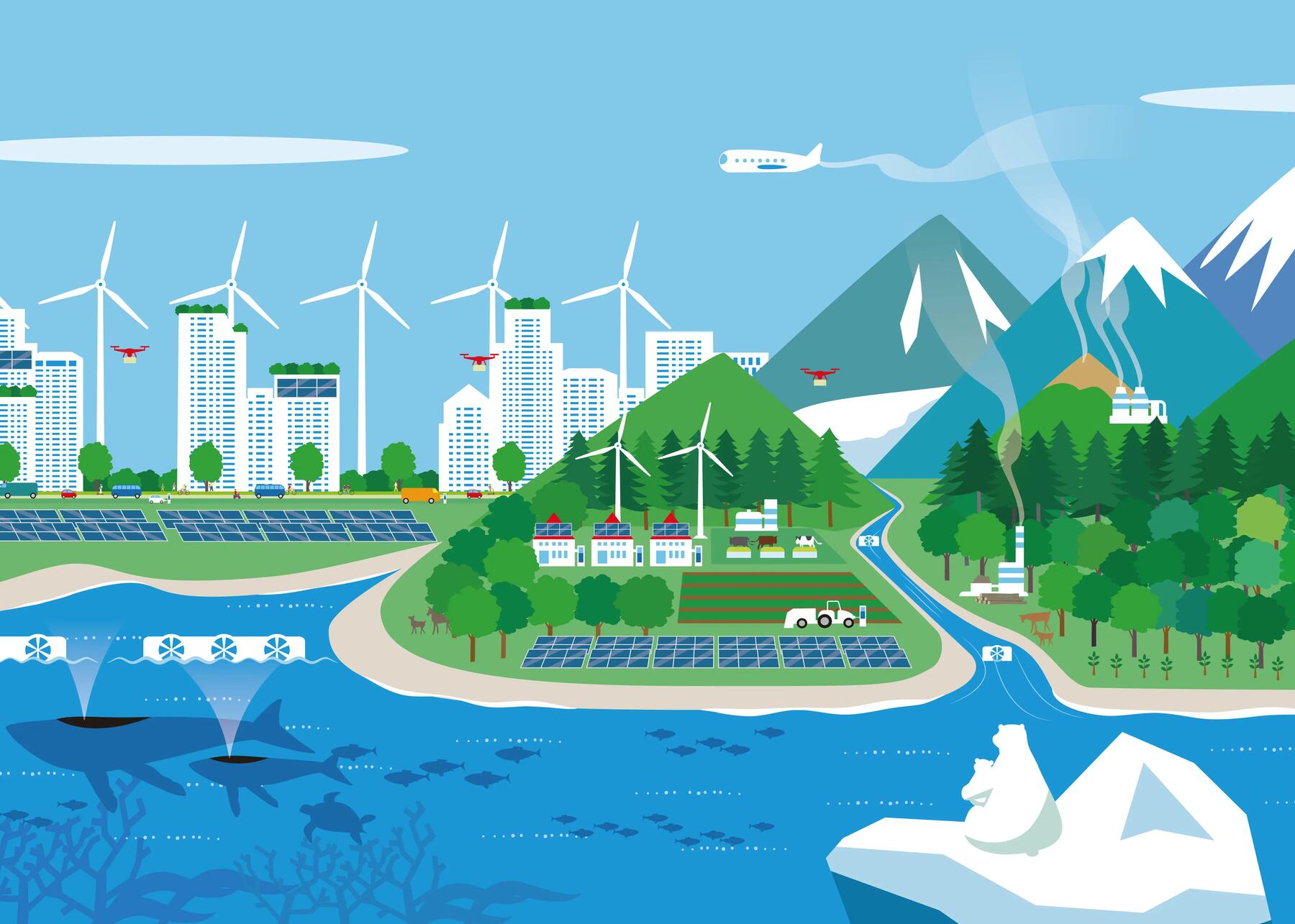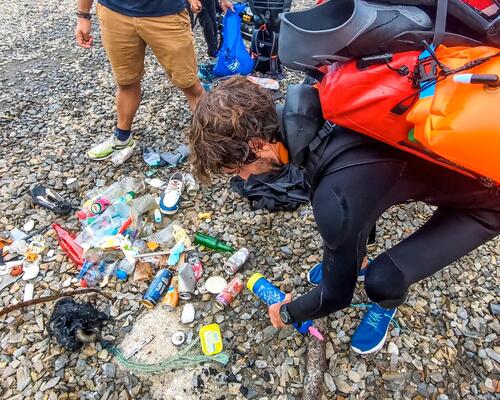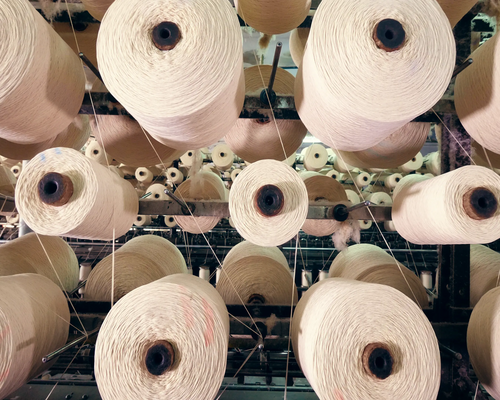What is the future of renewable energy sources?
If we summarise, it is primarily the legal and regulatory frameworks that define what are renewable energy sources, according to certain criteria and technologies. According to H. Haas, "there are a lot more and very different ones, which for the most part are at the prototype stage. And finally still very few are used for industrial purposes. There is very active research on this subject". The difficulty in seeing them develop is not so much technical as economic.They, therefore, cannot be deployed without support from the public authorities. Given the intermittency of RE production, it is, for example, necessary to invest in adapting the electricity distribution network.
But of course, renewable energy resources appear to be way out of fossil fuels and their harmful effects on the environment. This is where associations like negaWatt or The Shift Project work to control, prioritise and reduce the energy demands with a more energy-efficient approach. Some scenarios include an energy curfew to achieve this. They then recommend shifting towards an energy mix favouring RE.
At the same time, the development of renewable energies is taking centre stage more and more often in debates. It cannot actually be done without taking into account a certain number of environmental issues.
For example, "as part of the renovation of a mill to produce hydroelectricity, it is imperative to assess, understand and control its impact on the wildlife and biodiversity as a whole", reminds H.Haas.
And lastly, there remains the debate surrounding the so-called "green" technologies developed on an industrial scale to produce renewable energies. Doesn't the large scale production of solar panels contribute to the very system that the development of RE actually seeks to combat?







